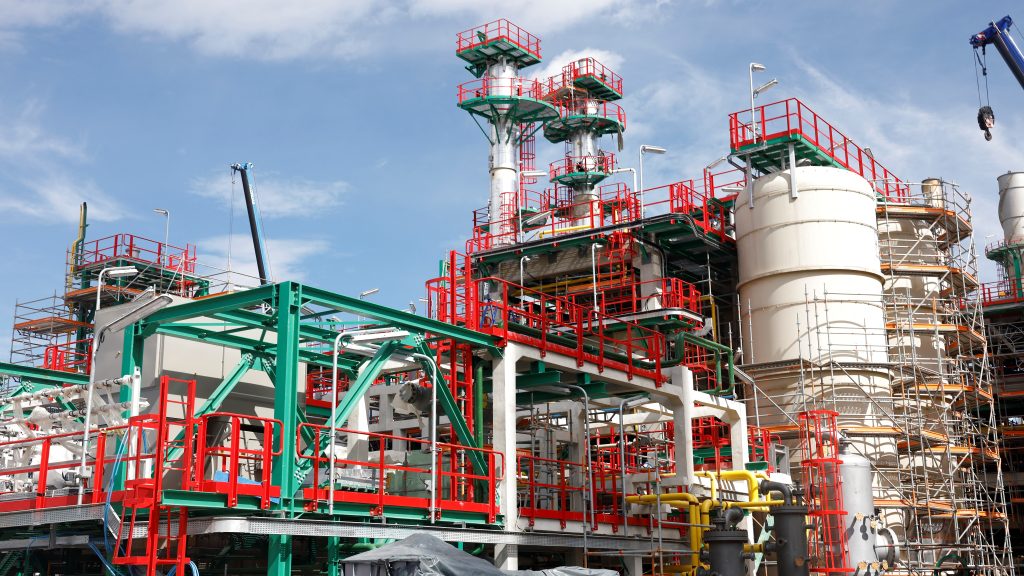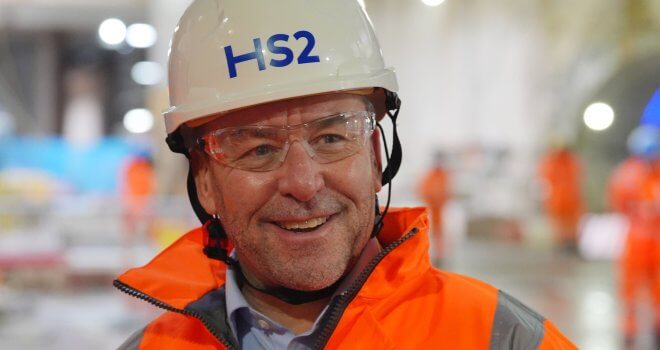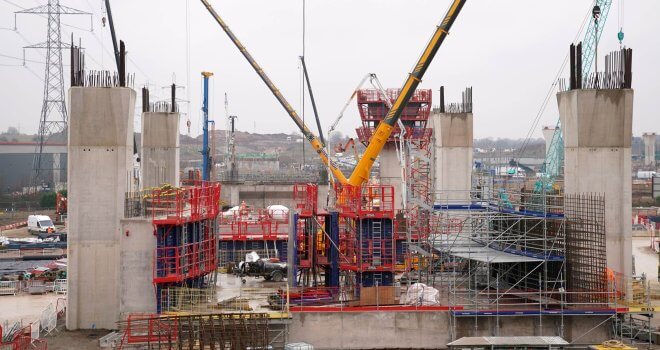With Strict Targets Looming, European Aviation Races To Make Green Fuel

Energy giant Repsol has bought into Europe’s drive for green jet fuel, but believes the 200 million euro ($217 million) plant it is building in southeast Spain faces a bumpier ride than if it was on the other side of the Atlantic.
Repsol says the plant, which transforms used cooking oil into so-called sustainable aviation fuel (SAF), has attracted plenty of customers. But it is concerned Europe’s investment environment will complicate the industry’s efforts to take off.
“(In Europe) there is a legal instability and a regulatory machinery that is very complex and very discouraging towards seeking new solutions,” said Oliver Fernandez, Repsol’s director for air fuel in Madrid.
“We see the U.S. is very in favour of helping companies with financing and focusing on helping them to develop new things.”
Repsol’s worries echo those of Europe’s aviation sector, much of which is tasked with boosting SAF use to 10% of all jet fuel by 2030, despite it currently costing up to five times as much.
As one of the only ways to decarbonise aviation, investors and regulators are pushing airlines to up SAF usage. Doing so could also determine whether airlines can ever be considered sustainable under the European Union’s green finance rules, impacting their cost of raising money.
As it stands, SAF makes up less than 1% of jet fuel in use. Airlines, which operate on razor thin margins and are heavily indebted as they recover from the pandemic, say more needs to be done to boost production and lower the cost.
While U.S. firms are benefiting from tax incentives to boost production, Europe has focused on mandating change rather than incentivising it, said Laurent Donceel, acting managing director of lobbying group Airlines for Europe.
“It seems the EU is more focused on window dressing and letting the United States eat it for breakfast,” after the EU published its Net Zero Industry Act in mid March.
“Europe needs to step up and throw its weight behind a domestic SAF industry to ensure it does not fall behind.”
Supporters of Europe’s approach argue that the profitable energy industry should be able to ensure supply, adding that the harmonized U.S. tax system is better designed to benefit from incentives, such as those in the Inflation Reduction Act, than Europe’s patchwork of national systems.
PRODUCTION CHALLENGES
Producers say they are struggling to front the investment costs needed to scale up. Repsol has only created enough SAF so far to power test flights for IAG-owned carrier Iberia.
“They (governments) would need to bind themselves to certain prices for 10 to 15 years, because otherwise your producer doesn’t have the investment security … that’s the problem,” said Ralf Diemer, managing director of industry group, the eFuel Alliance.
Finland-based Neste, the world’s largest SAF producer, says it is expanding its facilities in Europe and elsewhere, but points to challenges including sourcing raw materials.
Even with investment, new plants take years to build, it adds, leaving little time to make the volumes needed to meet the European targets.
“In 2026, we will have over six and a half million tonnes… of renewable [product] capacity, of which one third will be SAF capacity. That’s 2.2 million tonnes. That’s a bit under 1% of global aviation fuel demand,” said Jonathan Wood, Neste’s vice-president of renewable aviation.
British Airways-owner IAG says it has committed to $865 million in investments to purchase SAF and support production, but has only guaranteed around 25% of its 2030 supply target. That means it will likely have to spend billions more to reach its goals.
“America’s programme of both federal and state incentives for SAF production is the mark of global leadership on the net-zero transition,” IAG told Reuters.
“This is a brilliant model, but if Europe cannot keep up it will have to import SAF. Let’s not import SAF – let’s create it everywhere we need it.”
HOME GROWN
Smaller producers, like Velocys and Fulcrum, are hoping to build facilities and scale-up SAF in the years to come.
And even if their new projects do not do enough to get aviation to 10%, SAF production will still go up markedly, experts said.
“Most companies we speak with have already secured sufficient SAF supply to meet at least half of their 2030 procurement targets, which is exactly the market signal needed to support further SAF scale up,” said Joe Horrocks-Taylor, climate analyst at Columbia Threadneedle Investments.
Back at Repsol’s plant in Cartagena, the first batch of jet fuel made from used cooking oil will be shipped out of the refinery in the fourth quarter of this year. And the firm is confident much more will get made – and sold – soon.
It’s already investing an additional 103 million euros in another plant to make synthetic jet fuel made out of CO2, which will open in 2025.
“It will be impossible to distinguish chemically from the jet fuel made from oil,” said Emilio Mayoral, the lead engineer overseeing some 750 workers building distillery towers and giant reactors.
“It will be in very high demand.”
(Writing by Joanna Plucinska; Editing by Mark Potter)




